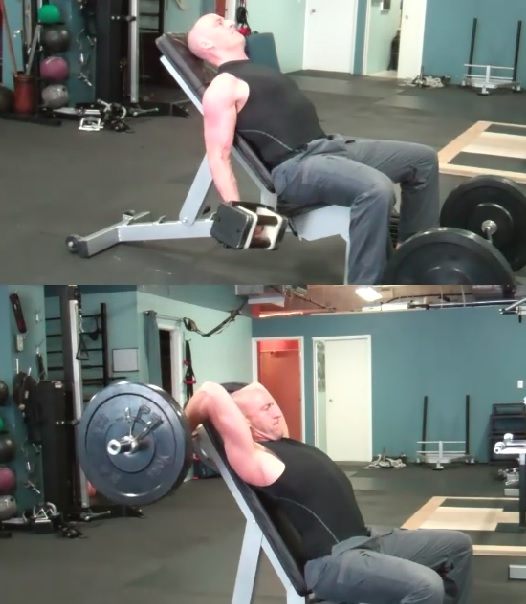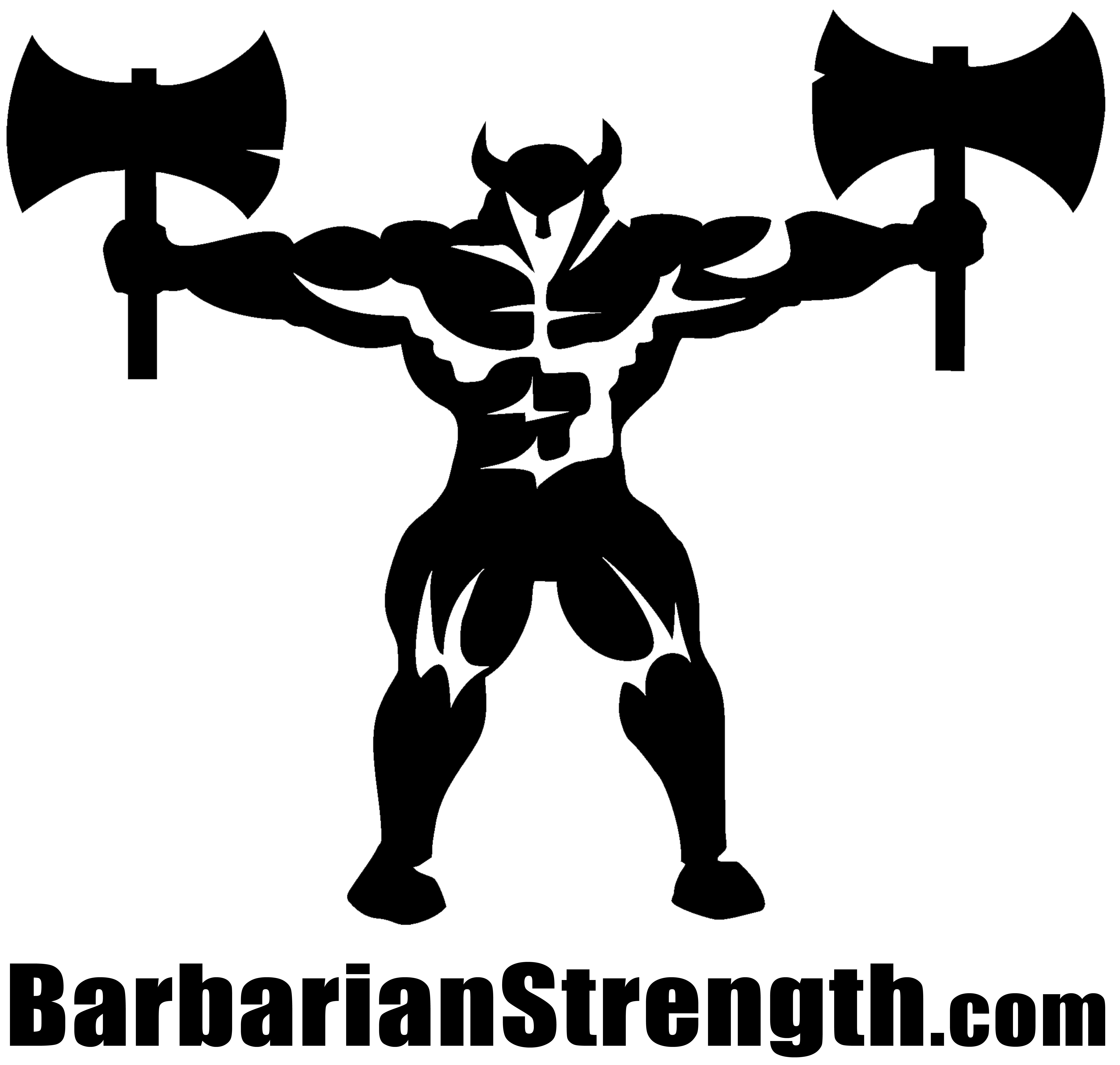In the world of strength training there are many different methods of building muscle and getting insanely strong. Some of these high intensity training techniques should be used sparingly and infrequently, whereas others are simply useless. With so many exercise gimmicks and quick fix fads on the market, wouldn’t it be great if there was a safe and natural way to build more size and strength in less time? There is. The strength and size building strategy that you should consider incorporating into your program is called “superset” training.
Conventional weight training typically involves using “straight sets.” A straight set is performed by doing a series of repetitions of an exercise, then stopping for a set amount of rest before doing another set of the same exercise. There is nothing wrong with this traditional form of training, but supersetting has a few distinct benefits.
A superset is an advanced training technique where you perform two different exercises in a row, one right after the other with minimal rest between them. For example, if you perform a set of chin ups followed by a set of overhead presses, this would be ONE SUPERSET. Once completed, after a brief rest you would go back to the chin ups again before switching back to another set of overhead presses to complete your second superset.

Although you may have heard of supersets before, and perhaps you are using them in your current program, many trainees consider superset training to be more of a “plateau buster”, or a short term training strategy to use once you stop noticing results.
Others believe that if you use superset training too frequently it will lose its effectiveness. This is incorrect. In fact, quite often the opposite is true. Supersets can actually help you avoid training plateaus and should be incorporated into your regular training routine.
The main benefits of using supersets include:
- Saves Time and Increases Intensity: A shorter, more time-efficient workout, which means a more intense training session!
- Greater Muscle Activation: Different superset combinations can stimulate more muscle fibers than a standard “straight” set.
- Increase HGH: Supersets increase Lactic Acid production, which naturally boosts your own growth hormone production.
- Raise Muscular Energy Production: Increasing muscle energy by improving mitochondrial density in the cells.
- More Nervous System Activation: Supersetting results in greater neural muscular stimulation.
- More Variety: Keeps your workouts interesting.
- Less risk of injury: Because you have thoroughly warmed up the target muscle group you are working using lighter weights before each heavy set.
There are three main categories of superset training:
- Same muscle group pairing
- Agonist – antagonist (opposite) muscle groups
- Staggered sets

Let’s take a closer look at each of these categories.
- Same muscle group:
As you would expect, this involves performing two exercises for the same muscle group back to back. A good example of this type of superset would include Pre-Exhaust training. This involves performing an isolation exercise for a given muscle right before a compound movement involving the same muscle group. For example, supersetting dumbbell chest flyes with the bench press, or performing leg extensions before squatting.
Once the targeted muscle group is fatigued by the isolation exercise, you are still able to challenge it further in the compound exercise because you are involving other accessory muscles to complete the movement. By pre-exhausting a target muscle group with an isolation exercise before hitting the heavy compound lift, you are able to take a muscle group beyond the normal point of exhaustion and thereby get deeper muscle fiber recruitment. This makes it a great high intensity training technique for hypertrophy (muscle growth).
However, because you are performing two exercises in a row for the same muscle group, this will limit the amount of much weight you can handle with the big, multi-joint exercise. This makes it a less than ideal method of training for maximum strength gains.
- Antagonistic muscle groups:
With antagonist (push-pull) supersets you will perform exercises for opposite muscle groups back to back, such as supersetting rows and chest presses, or pairing chin ups with overhead presses. You would perform a set of the pulling movement, immediately followed by a set of the pushing exercise, and then back to the pulling movement after a short rest, and repeat. This method of training is expanded upon in my ebook, “The Barbarian Strength System”, which you can check out at www.BarbarianStrength.com.
Research has demonstrated that this type of training can help you recover faster as well as maintaining strength levels between sets. When you train opposing muscle groups back to back, studies indicate that this increases nervous system activation which results in an increase in strength.
Another advantage of this type of training is that you are training muscles on both sides of the body in balance, which helps improve joint stability and correct muscular imbalances. Because of the high intensity nature of this type of training, it also stimulates increased production of growth hormones as well. So if your goal is to become as strong as possible, try incorporating antagonist supersets into your program.
- Staggered supersets:
With staggered supersets you do an exercise for an unrelated muscle group between sets. An effective example of staggered supersetting is an Upper Body – Lower Body superset. For example, you could perform a set of squats followed by a set of chinups. This is a very challenging method of training because your heart will need to work harder to pump blood back and forth from your upper body to your lower body with each set.
Combine this with the fact that lower body exercises tend to use more energy and burn more calories, Upper-Lower supersets will elevate your metabolism. This makes it an effective way to train for fat loss.
If getting leaner is your goal, try supersetting compound exercises for the upper body and lower body and perform 4 or 5 sets of 10 to 15 reps each.
Alternatively, choose a block of time such as 15 or 20 minutes and superset each exercise with minimal rest in between until the time is up. Also check out my ebook, “Get Lean: Permanent Physique Transformation”, at www.GetLeanBook.com, which incorporates fat loss training methods such as this along with a structured nutrition plan.
Conclusion
There are several other variations of supersets that you can use, but this article covers the most common and most productive examples. For a more efficient workout and faster results, try implementing supersets into your current program.
You will be glad you did!
Josh Hewett







Leave A Comment